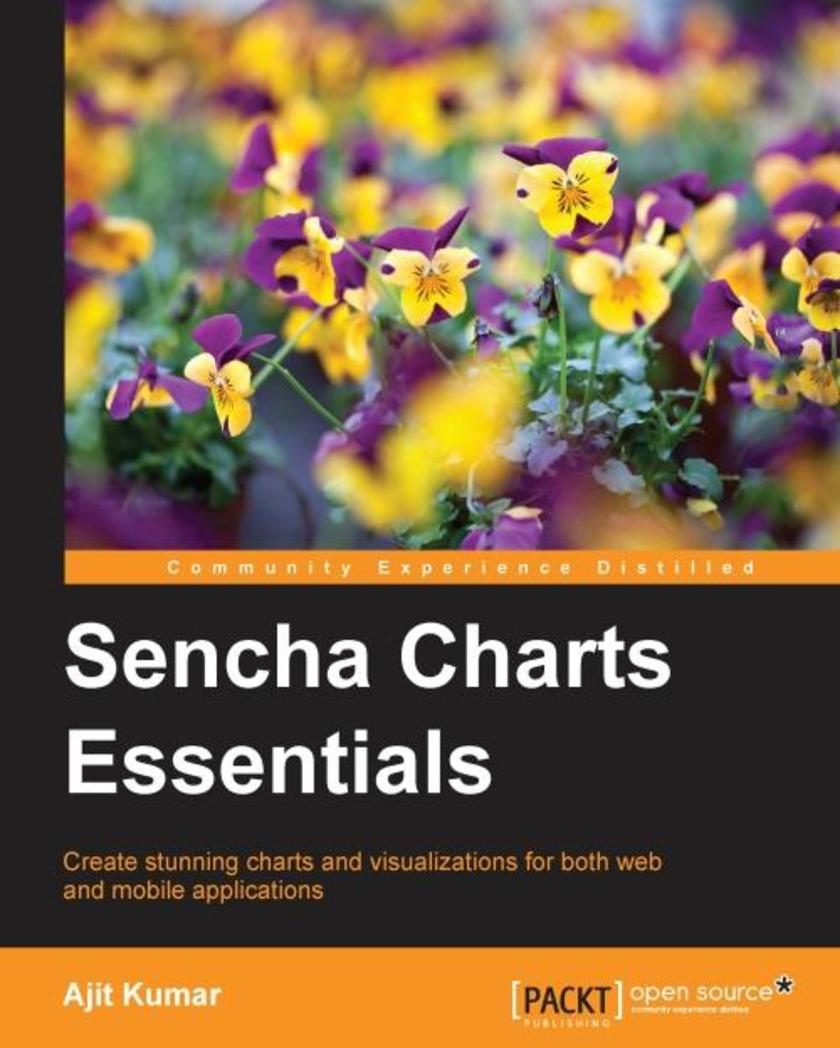
Sencha Charts Essentials
¥45.77
If you are an Ext JS or Sencha Touch developer, designer, or architect who wants to build enterprise-scale data visualization capabilities using Sencha, then this book is ideal for you. You should have a knowledge of HTML, JavaScript, CSS, and Sencha Ext JS or Sencha Touch fundamentals, in particular. Some familiarity with SVG and HTML5 Canvas would be preferred, but not required.
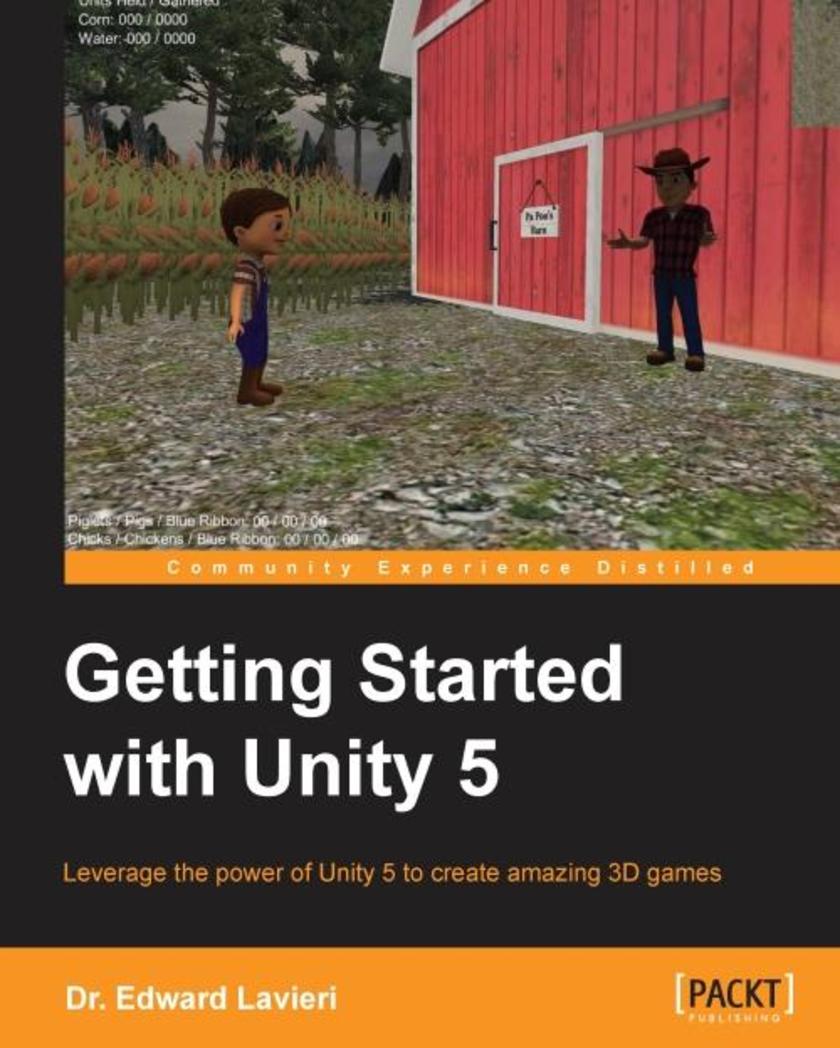
Getting Started with Unity 5
¥54.49
If you are a game developer interested in learning Unity 3D from scratch and becoming familiar with its core features, then this book is for you. No prior knowledge of Unity 3D is required.
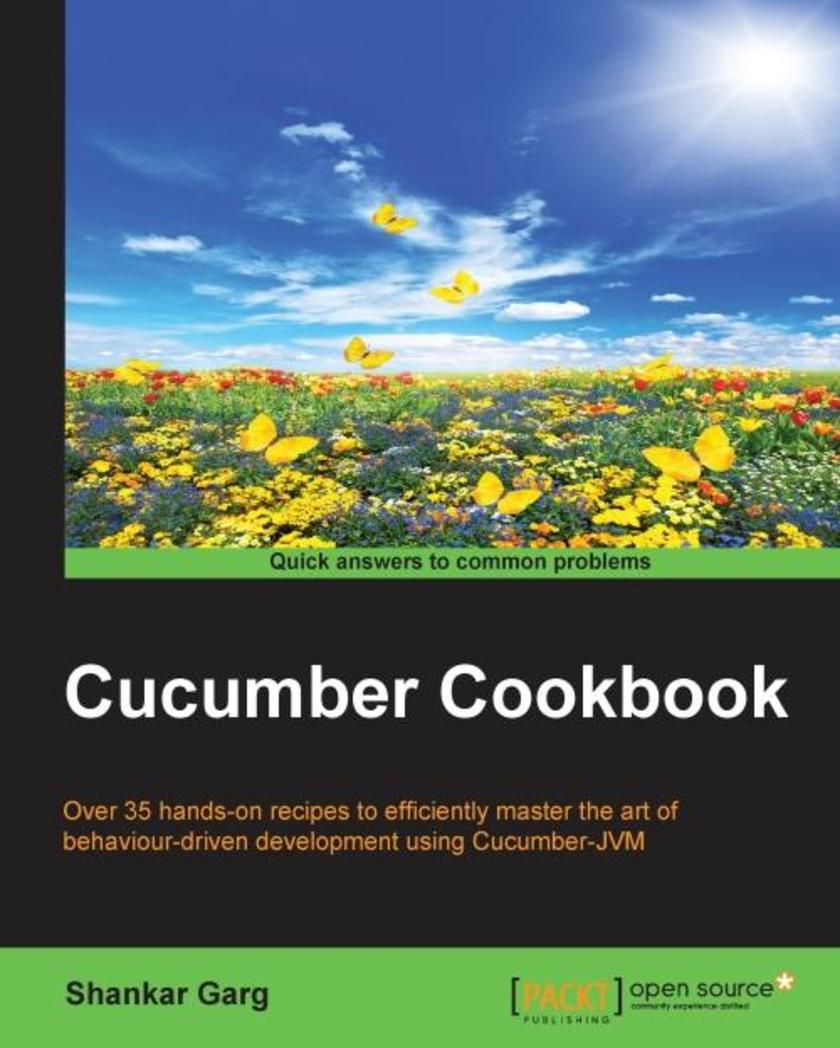
Cucumber Cookbook
¥71.93
This book is intended for business and development personnel who want to use Cucumber for behavior-driven development and test automation. Readers with some familiarity with Cucumber will find this book of most benefit. Since the main objective of this book is to create test automation frameworks, previous experience in automation will be helpful.

Building Networks and Servers Using BeagleBone
¥45.77
If you are a developer with BeagleBone experience and want to learn how to use it to set up a network and file server, then this book is ideal for you. To make the most of this book, you should be comfortable with the Linux operating system and know how to install software from the Internet, but you do not have to be a network guru.

BeagleBone Essentials
¥54.49
If you are a developer with some hardware or electrical engineering experience who wants to learn how to use embedded machine-learning capabilities and get access to a GNU/Linux device driver to collect data from a peripheral or to control a device, this is the book for you.

VMware vSphere Essentials
¥80.65
This book is intended for virtualization administrators who want to learn VMware vSphere quickly. It is assumed that you have some basic knowledge of virtualization and the vSphere environment.
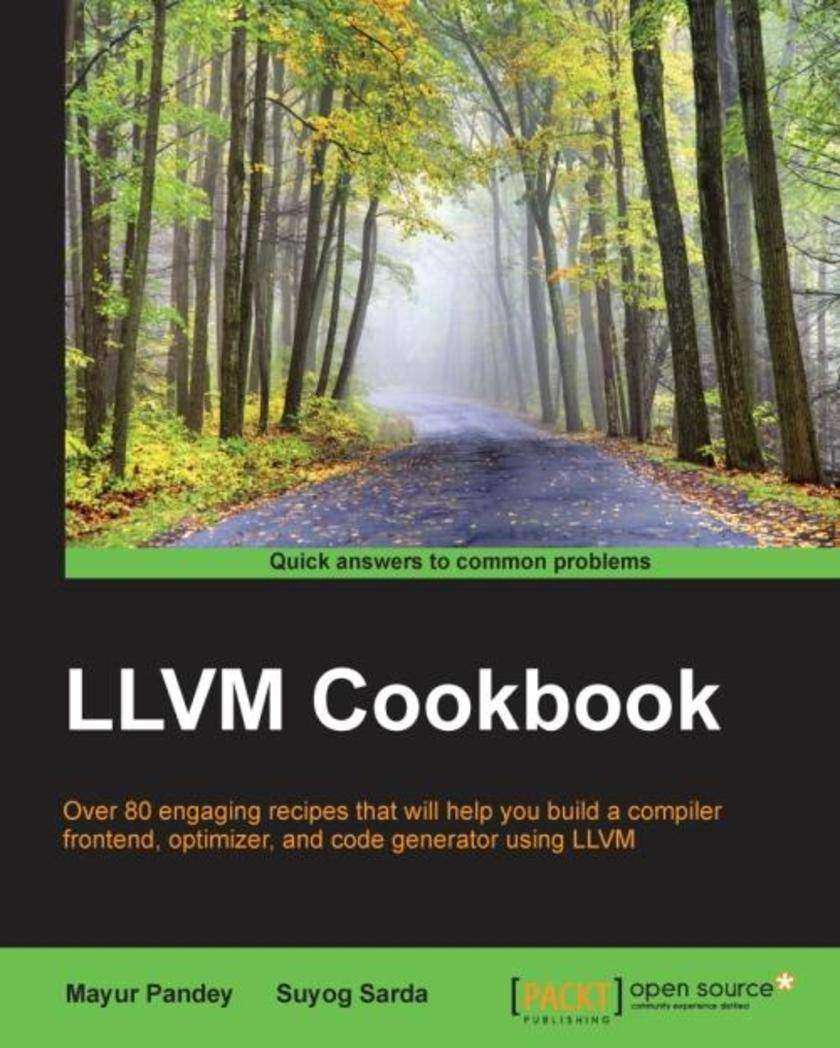
LLVM Cookbook
¥80.65
The book is for compiler programmers who are familiar with concepts of compilers and want to indulge in understanding, exploring, and using LLVM infrastructure in a meaningful way in their work. This book is also for programmers who are not directly involved in compiler projects but are often involved in development phases where they write thousands of lines of code. With knowledge of how compilers work, they will be able to code in an optimal way and improve performance with clean code.
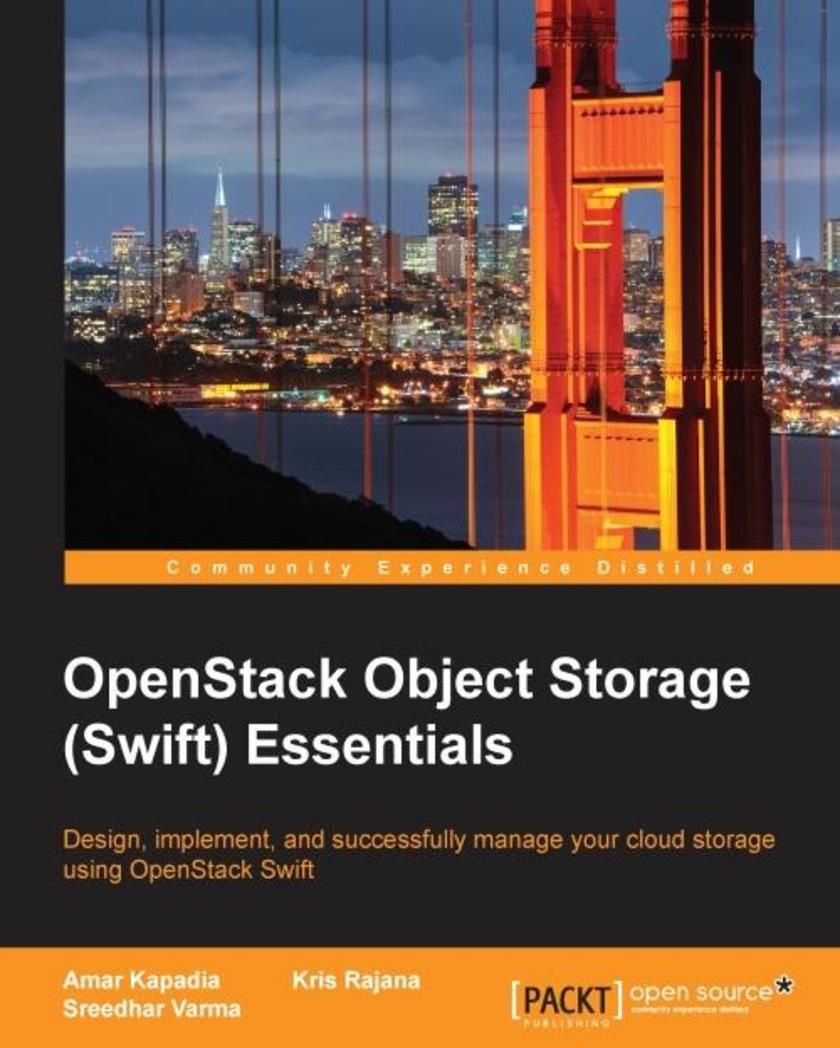
OpenStack Object Storage (Swift) Essentials
¥54.49
If you are an IT administrator and you want to enter the world of cloud storage using OpenStack Swift, then this book is ideal for you. Basic knowledge of Linux and server technology is beneficial to get the most out of the book.

NW.js Essentials
¥54.49
If you are an experienced Node.js developer who wants to create amazing desktop applications using NW.js, this is the book for you. Prior knowledge of HTML5, jQuery, and CSS is assumed.

Building Web Services with Microsoft Azure
¥80.65
If you are a .NET developer who wants to develop end-to-end RESTful applications in the cloud, then this book is for you. A working knowledge of C# will help you get the most out of this book.
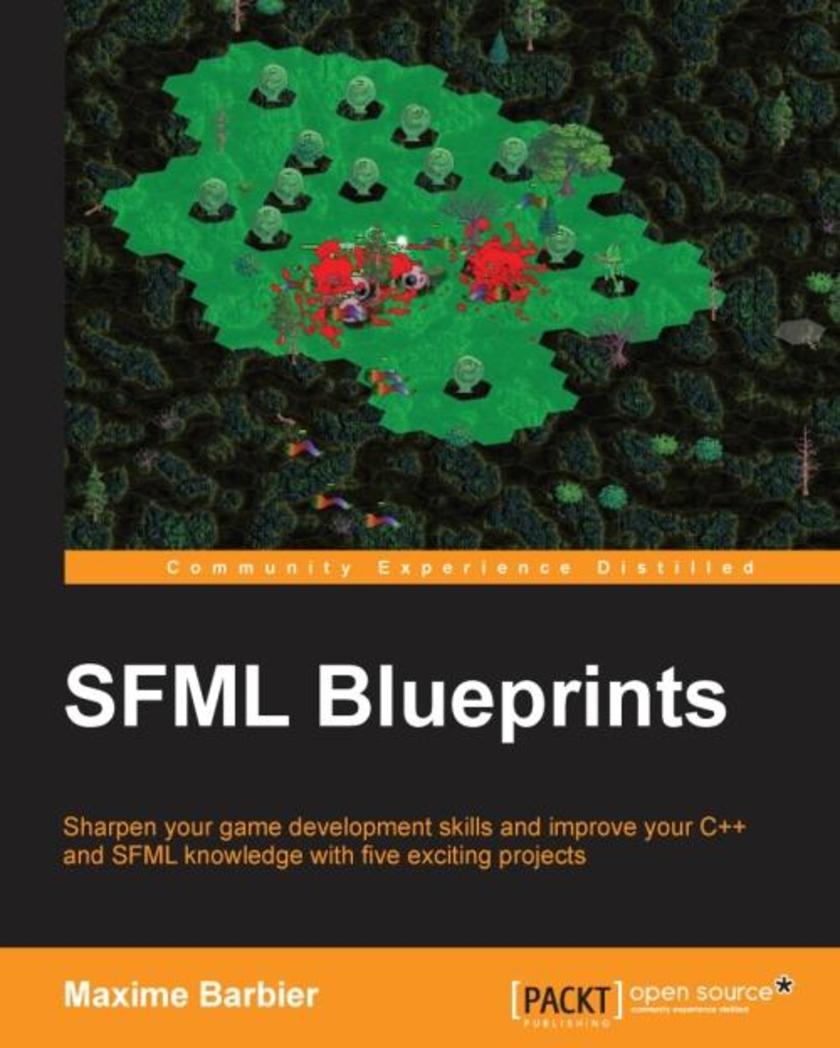
SFML Blueprints
¥71.93
This book is for developers who have knowledge of the basics of the SFML library and its capabilities in 2D game development. Minimal experience with C++ is required.

PrimeFaces Cookbook - Second Edition
¥80.65
This book is for everybody who would like to learn modern Java web development based on PrimeFaces and is looking for a quick introduction to this matter. Prerequisites for this book are basic JSF, jQuery, and CSS skills.
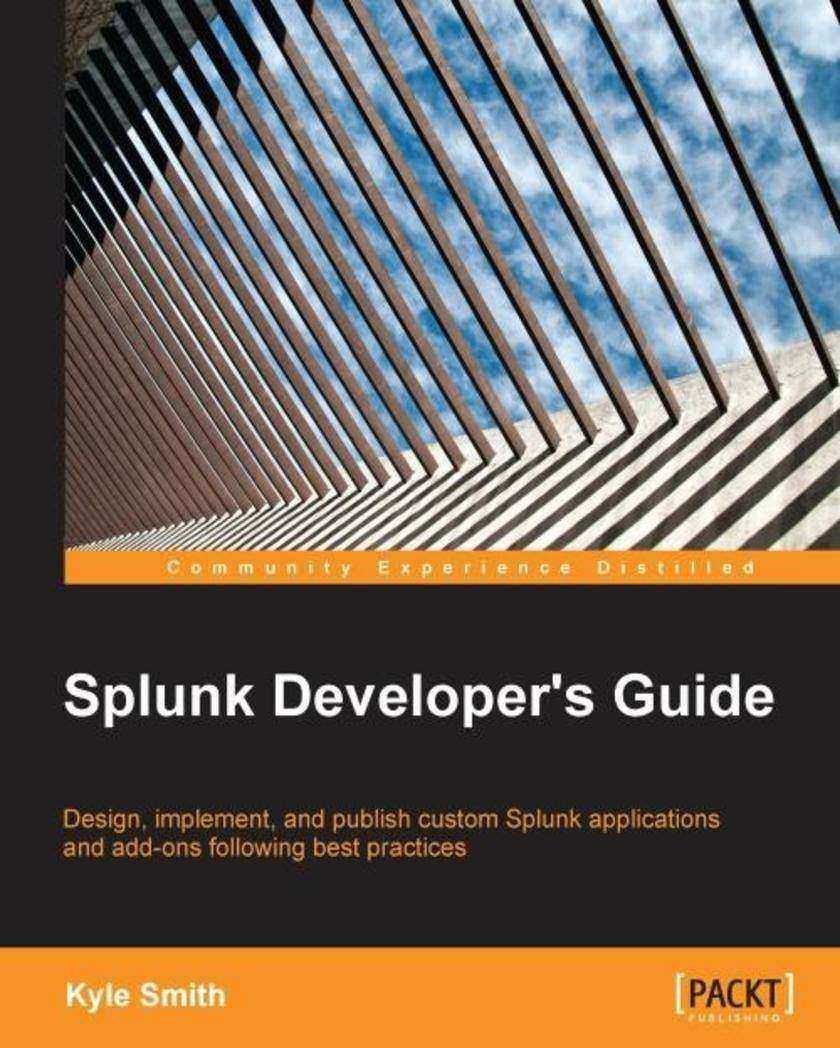
Splunk Developer's Guide
¥63.21
If you are a Splunk user and want to enter the wonderful world of Splunk application development, then this book is for you. Some experience with Splunk, writing searches, and designing basic dashboards is expected.
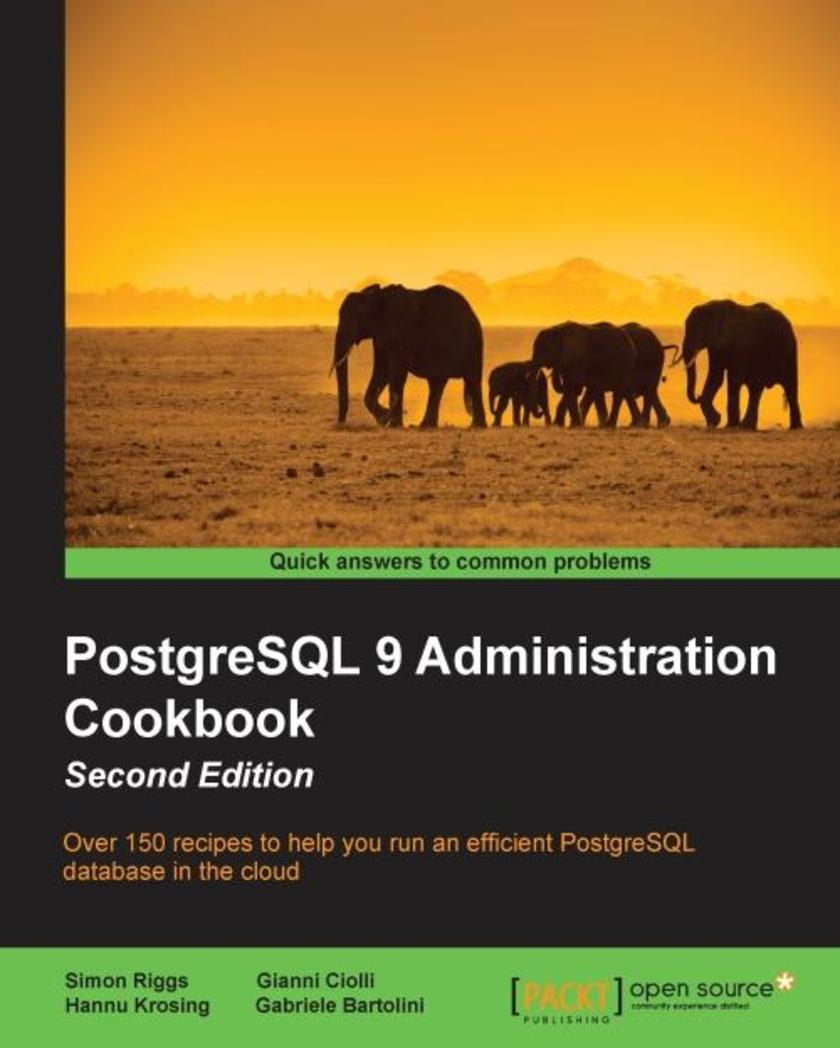
PostgreSQL 9 Administration Cookbook - Second Edition
¥107.90
Through example-driven recipes, with plenty of code, focused on the most vital features of the latest PostgreSQL version (9.4), both administrators and developers will follow short, specific guides to understand and leverage useful Postgre functionalities to create better and more efficient databases.
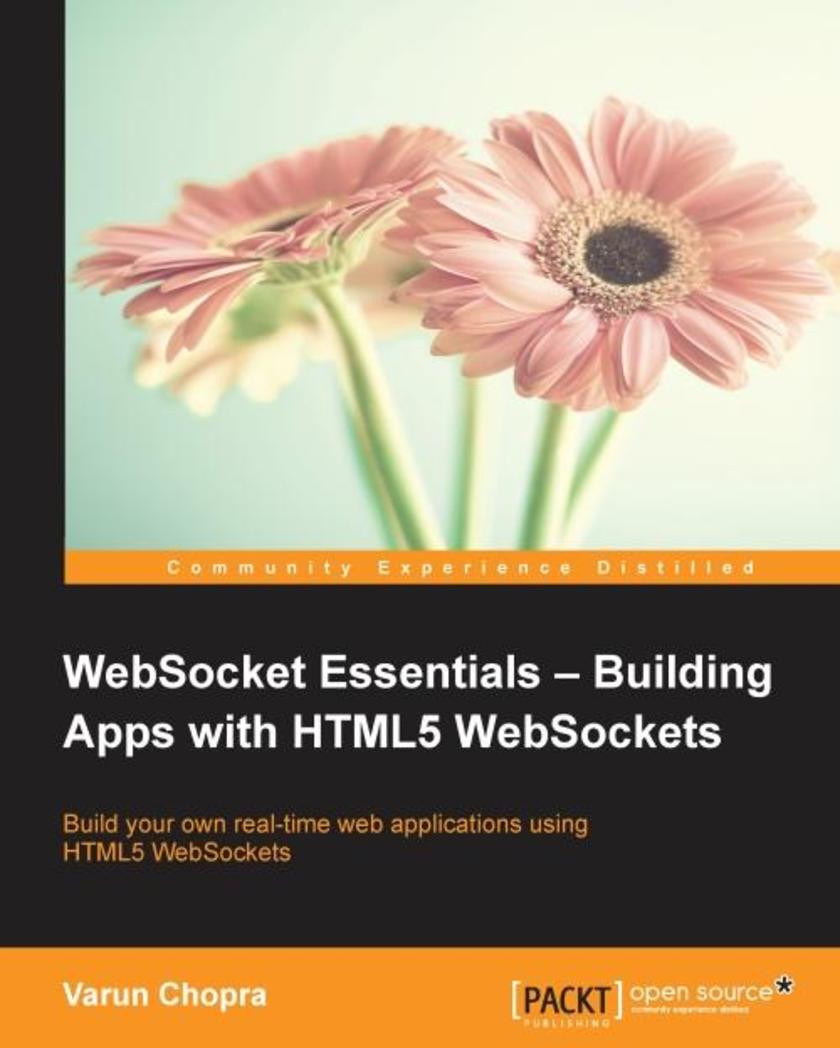
WebSocket Essentials – Building Apps with HTML5 WebSockets
¥54.49
This book is for web developers who want to learn and implement WebSocket to create interesting apps for modern browsers, leveraging the capabilities of HTML5 with WebSockets.
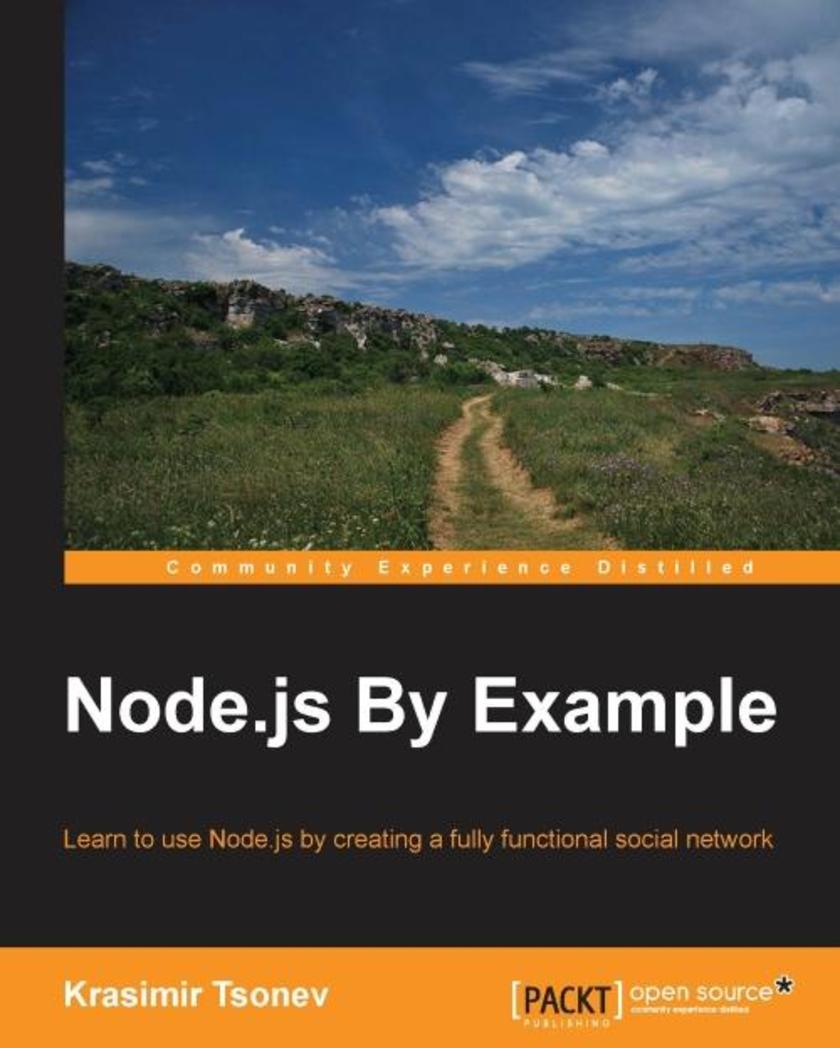
Node.js By Example
¥80.65
If you are a JavaScript developer with no experience with Node.js or server-side web development, this book is for you. It will lead you through creating a fairly complex social network. You will learn how to work with a database and create real-time communication channels.
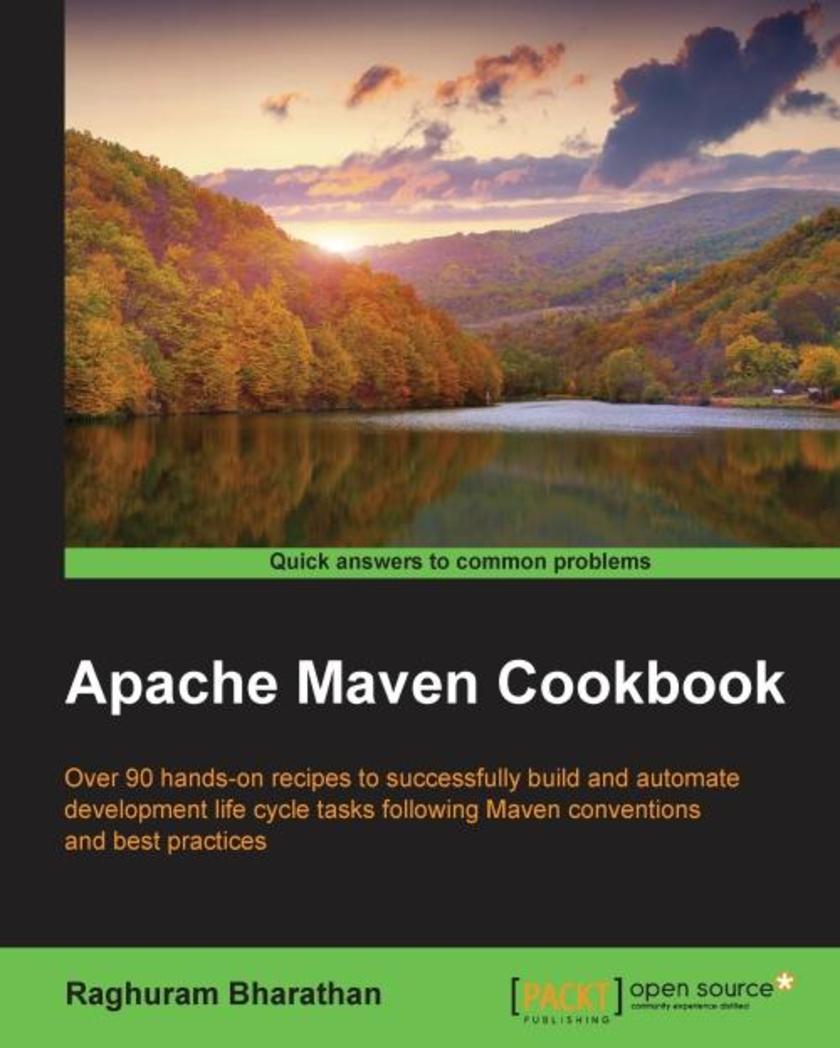
Apache Maven Cookbook
¥90.46
If you are a Java developer or a manager who has experience with Apache Maven and want to extend your knowledge, then this is the ideal book for you. Apache Maven Cookbook is for those who want to learn how Apache Maven can be used for build automation. It is also meant for those familiar with Apache Maven, but want to understand the finer nuances of Maven and solve specific problems.
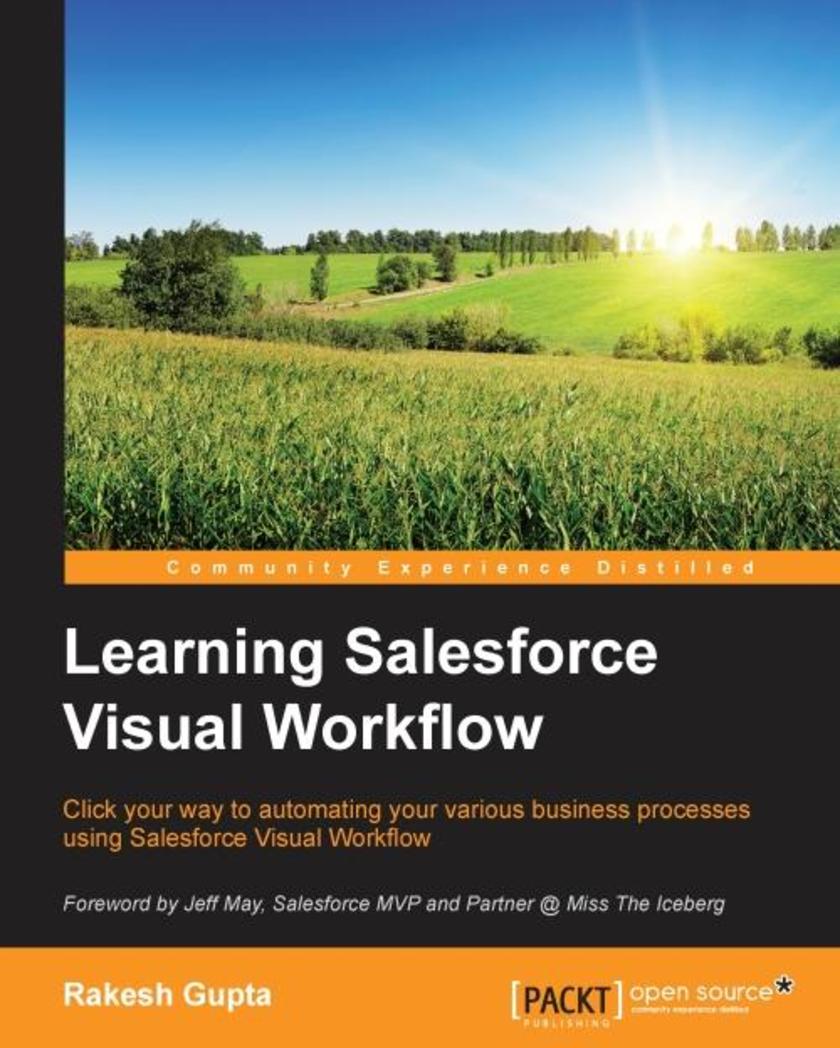
Learning Salesforce Visual Workflow
¥90.46
Learning Salesforce Visual Workflow is intended for those who want to use Flows to automate their business requirements by click not code. Salesforce maintains an incredibly user-friendly interface; no previous experience in computer coding or programming is required.
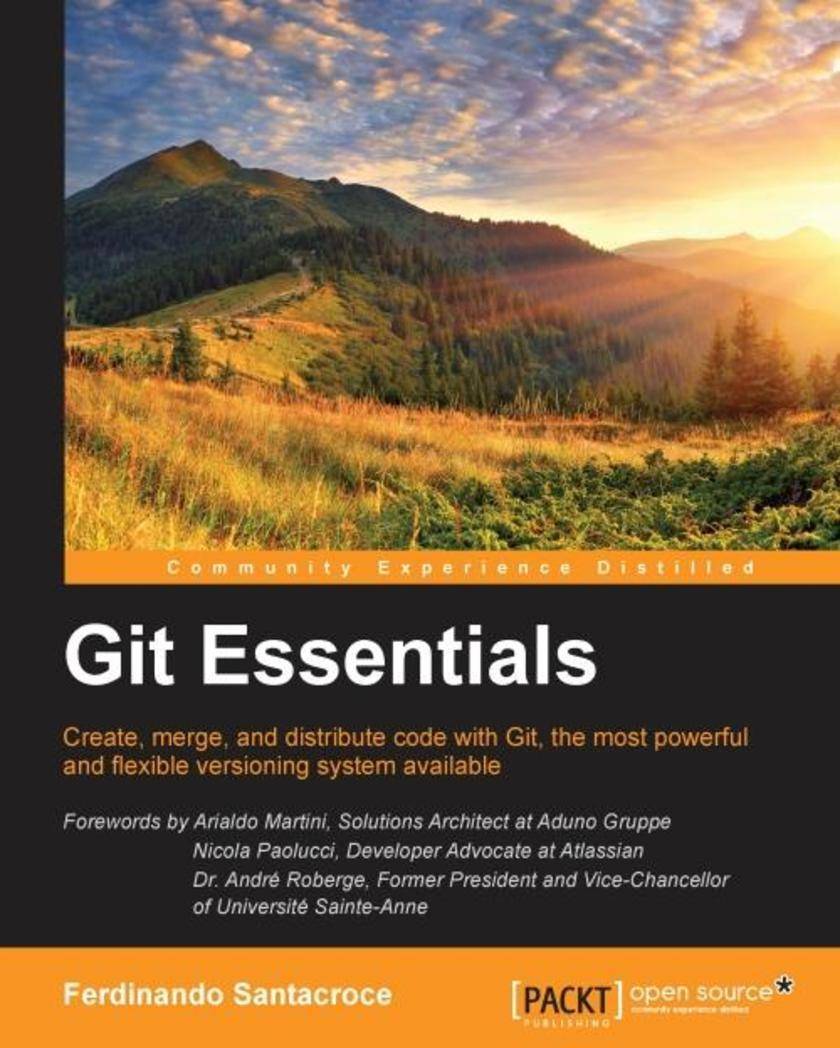
Git Essentials
¥45.77
If you are a software developer with little or no experience of versioning systems, or are familiar with other centralized versioning systems, then this book is for you. If you have some experience working with command lines or using Linux admin or just using Unix and want to know more about Git, then this book is ideal for you.
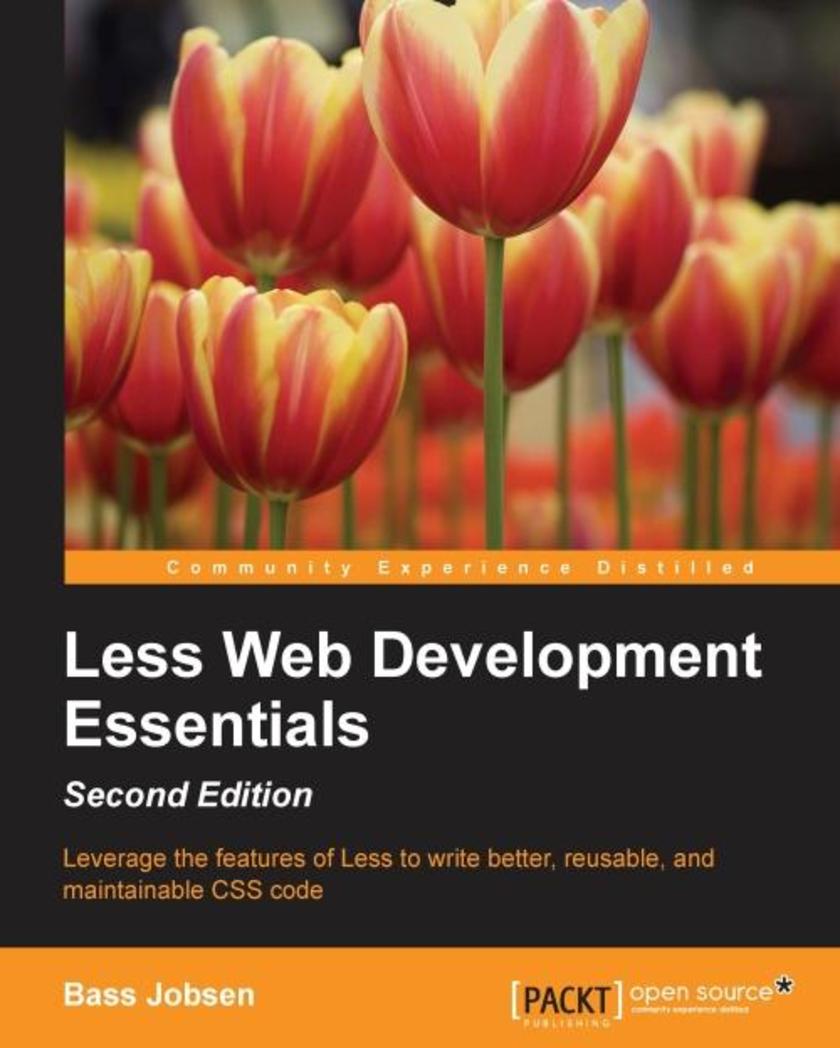
Less Web Development Essentials - Second Edition
¥63.21
If you use CSS for web development tasks and want to learn how to create maintainable and reusable code, this is the book for you. Basic knowledge of web development would be helpful.

Python Data Science Essentials
¥71.93
If you are an aspiring data scientist and you have at least a working knowledge of data analysis and Python, this book will get you started in data science. Data analysts with experience of R or MATLAB will also find the book to be a comprehensive reference to enhance their data manipulation and machine learning skills.




 购物车
购物车 个人中心
个人中心



